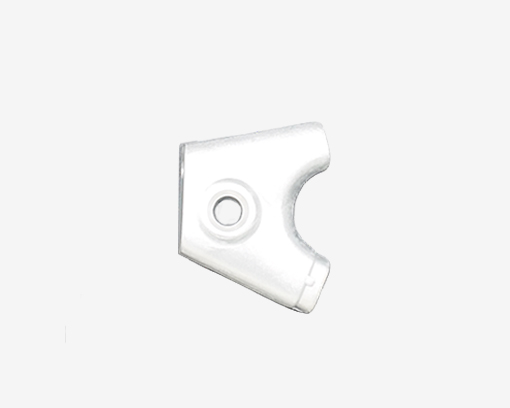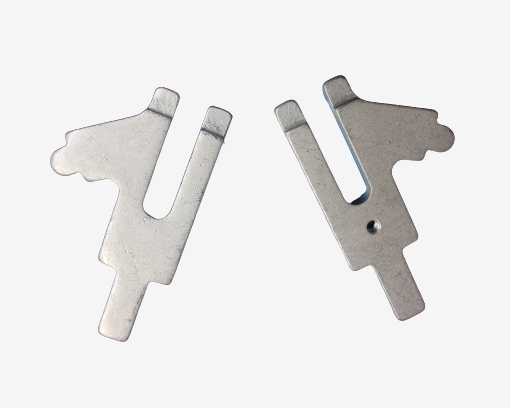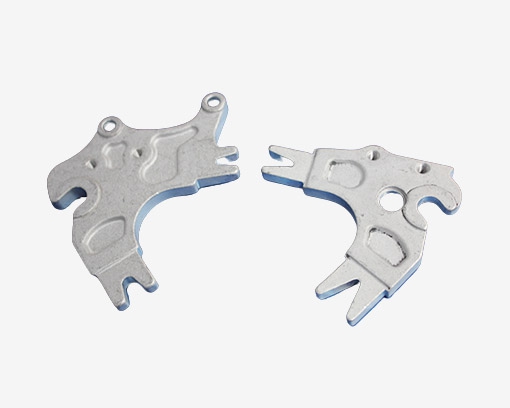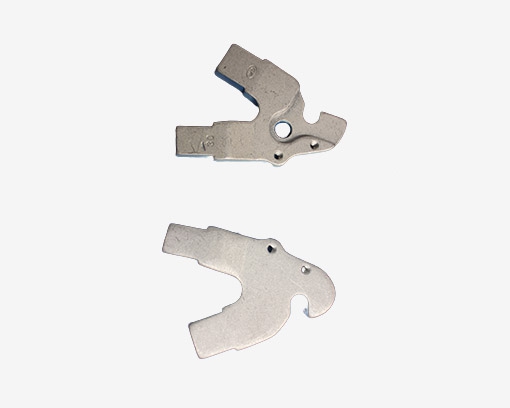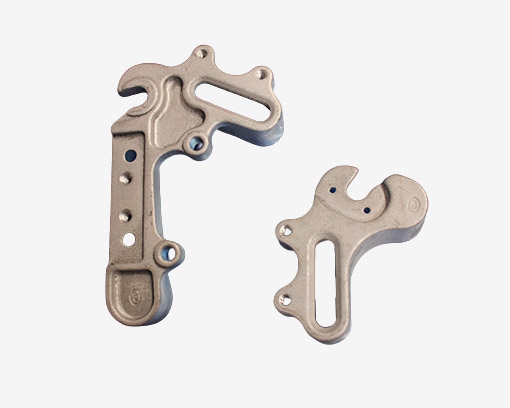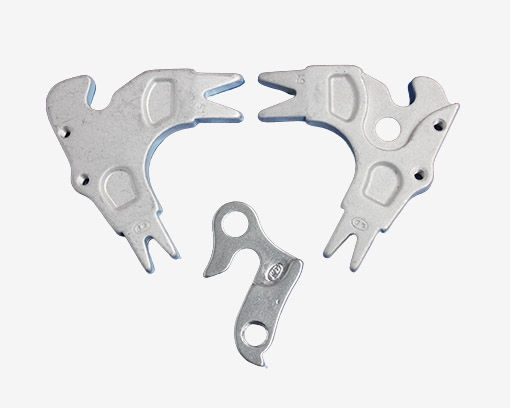The material of the hook claw usually needs to have high strength, high wear resistance, good toughness, and a certain degree of corrosion resistance to ensure that it can reliably grasp and fix objects in various working environments. Here are some common hook materials:
metal material
Carbon steel: It has high strength and hardness, relatively low cost, and is a common hook material. Medium carbon steel and high carbon steel can achieve higher strength and wear resistance through appropriate heat treatment, such as quenching, tempering, etc., making them suitable for applications that require high hook strength, such as large hooks in construction, logistics and handling fields.
Alloy steel: Adding alloying elements such as chromium, nickel, and molybdenum to carbon steel further enhances the material's strength, toughness, and wear resistance. For example, chromium molybdenum alloy steel has good comprehensive performance and can withstand large impact and tensile forces. It is commonly used to manufacture hooks with high quality requirements and harsh working conditions, such as hooks on mining machinery, port cranes and other equipment.
Stainless steel: It has excellent corrosion resistance and oxidation resistance, and is suitable for use in corrosive environments such as humidity and acidity. For example, in the food processing industry, hooks used to grab food are often made of stainless steel to avoid rusting and contaminating the food. In addition, some outdoor hooks are also made of stainless steel to prevent erosion from rainwater and other sources.
Hard alloy: made by powder metallurgy of high hardness metal carbides (such as tungsten carbide, titanium carbide, etc.) and bonding metals (such as cobalt, nickel, etc.). Hard alloy has extremely high hardness, wear resistance, and compressive strength, with a hardness of HRA89-93, far higher than ordinary metal materials. Therefore, hard alloy claws are suitable for grasping objects with high hardness and hard texture, such as in industries such as stone processing and glass handling. They can effectively grasp and fix objects without wear and tear.
engineering plastic
Polyoxymethylene (POM): It has good mechanical properties such as high hardness, high rigidity, and low friction coefficient, as well as good wear resistance and self-lubricating properties. Polyoxymethylene claws are lightweight and not easily damaged on the surface of the grasped object. They are suitable for applications that require high surface quality of objects, such as electronic device manufacturing, precision instrument assembly, etc. They are used to grasp small components or fragile items.
Nylon (PA): It has high strength, toughness, and wear resistance, as well as good corrosion resistance and self-lubricating properties. Nylon claws can be added with various additives such as glass fiber, carbon fiber, etc. according to different usage requirements to further improve their performance. In some work environments that require anti-static and insulation, anti-static nylon or insulating nylon can also be used to manufacture hooks.
In addition, in some special cases, ceramic, rubber and other materials may be used for the claws, or the surface of metal claws may be coated (such as hard chromium plating, electroless nickel plating, etc.) to improve their wear resistance, corrosion resistance and surface hardness.
